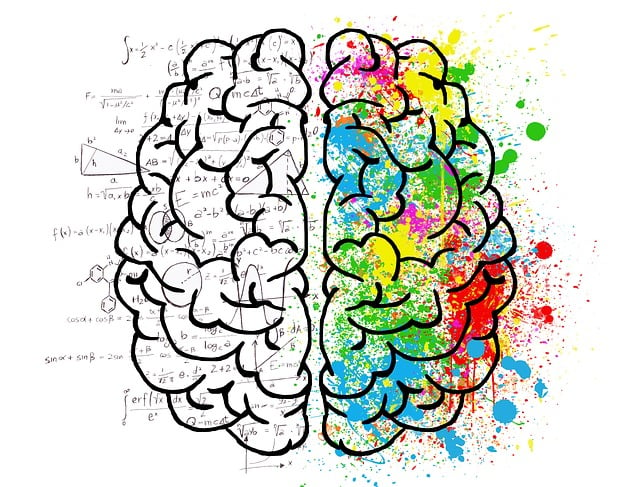According to the cognitive psychologist George Miller, the brain can retain 5 to 9 facts before storing them in long-term memory or losing them. That is why short pieces of information are better than long exhaustive lessons. This method is particularly well-suited to the fast-paced, information-rich world we live in today, where people need to be able to learn quickly and efficiently in order to keep up with new technologies and changing job requirements. In this blog post, we will explore the benefits of microlearning and how it can be applied in various learning contexts.
What is microlearning?
Microlearning is a teaching and learning approach that involves delivering small, focused pieces of information in short bursts. The goal of microlearning is to make learning quick, efficient, and highly targeted to the needs of the learner.
It is characterized by the following features:
- Small chunks of information: Microlearning delivers information in small, bite-sized chunks that are easy to digest and remember.
- Short duration: Each piece of microlearning content is typically no more than a few minutes long.
- Highly relevant: Microlearning is highly relevant to the learner and is tailored to the individual’s needs and interests.
- Variety of media: Microlearning can be delivered using a variety of media, such as text, audio, video, infographics, and images.
- Spaced repetition: Microlearning allows learners to repeat important information multiple times, which helps to improve retention.
- Accessibility: Microlearning is designed to be inclusive and accessible to all learners, regardless of their ability or learning style.
There is a variety of settings, including corporate training, online education, and personal development contexts, and it can be an effective way to engage learners and improve the retention of information.
Here are a few tips for implementing microlearning:
- Keep it short: Microlearning is all about delivering information in small, bite-sized chunks. This means that each piece of content should be no more than a few minutes long.
- Make it relevant: Microlearning works best when the information is highly relevant to the learner. This means that the content should be tailored to the individual’s needs and interests.
- Use different media: Microlearning can be delivered using a variety of media, such as text, audio, video, and images. Experiment with different types of media to see which works best for your learners.
4. Use spaced repetition: One of the key benefits of microlearning is that it allows learners to repeat important information multiple times. Use spaced repetition techniques to help learners retain information over time.
5. Use gamification: Incorporating game elements in your microlearning strategy can help increase engagement and motivation.
6. Make it accessible: Microlearning content should be accessible to all learners, regardless of their ability or learning style. This means that the content should be designed to be inclusive and that it should be available in multiple formats.
7. Measure progress: Regularly evaluate the progress of your learners and track their progress using a Learning Management System (LMS), which can give you insights about how well your learners are retaining information, which type of content works best for them, what are the common struggles, etc.
8. Make it fun: People learn best when they’re having fun, so try to make your microlearning content as engaging and entertaining as possible.
Keep in mind that these are just general tips, and the best practices will vary depending on the specific context, learners, and goals. It might be worth experimenting with different strategies to find out what works best for your learners. If you would like to contract a professional, please send us an e-mail.

